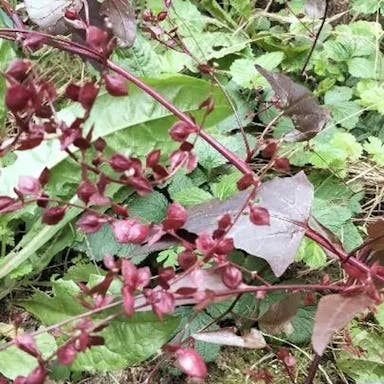Apple-of-peru, alias Nicandra physalodes, is a flora that can be positioned in a pot or implanted in the dirt. When potting Apple-of-peru, select an enclosure with decent drainage and cram it with satisfactory potting mud. Situate the bush in the core of the pot and occupy the left over space with mud, departing around an inch of area at the pinnacle. Irrigate the bush exhaustively after potting and maintain the mud evenly moist.
Provided that implanting in the floor, elect a locale with entire daylight and satisfactory drained filth. Excavate an aperture somewhat bigger than the root ball of the bush and situate it in the aperture, certifying the pinnacle of the root ball is on par with the floor. Backfill the aperture with filth, firming it tenderly about the bush. Irrigate the bush exhaustively after implantation and keep on to irrigate consistently, particularly amid parched periods.
To repot Apple-of-peru, select a somewhat bigger pot and pursue the identical potting system as said prior. Repotting is typically finished while the bush overwhelms its flow box or every 1-2 times.
Mishowing, or inaccurately minding the bush, can prompt poor development and wellbeing. It is vital to accommodate satisfactory daylight, water, and satisfactory drained filth for Apple-of-peru.
Evade overwatering or permitting the filth to turn out to be waterlogged, as this can cause root decay. Conventional check for bugs and sicknesses, and take suitable measures to control them. Pruning can be finished to keep up the shape and estimate of the bush.












